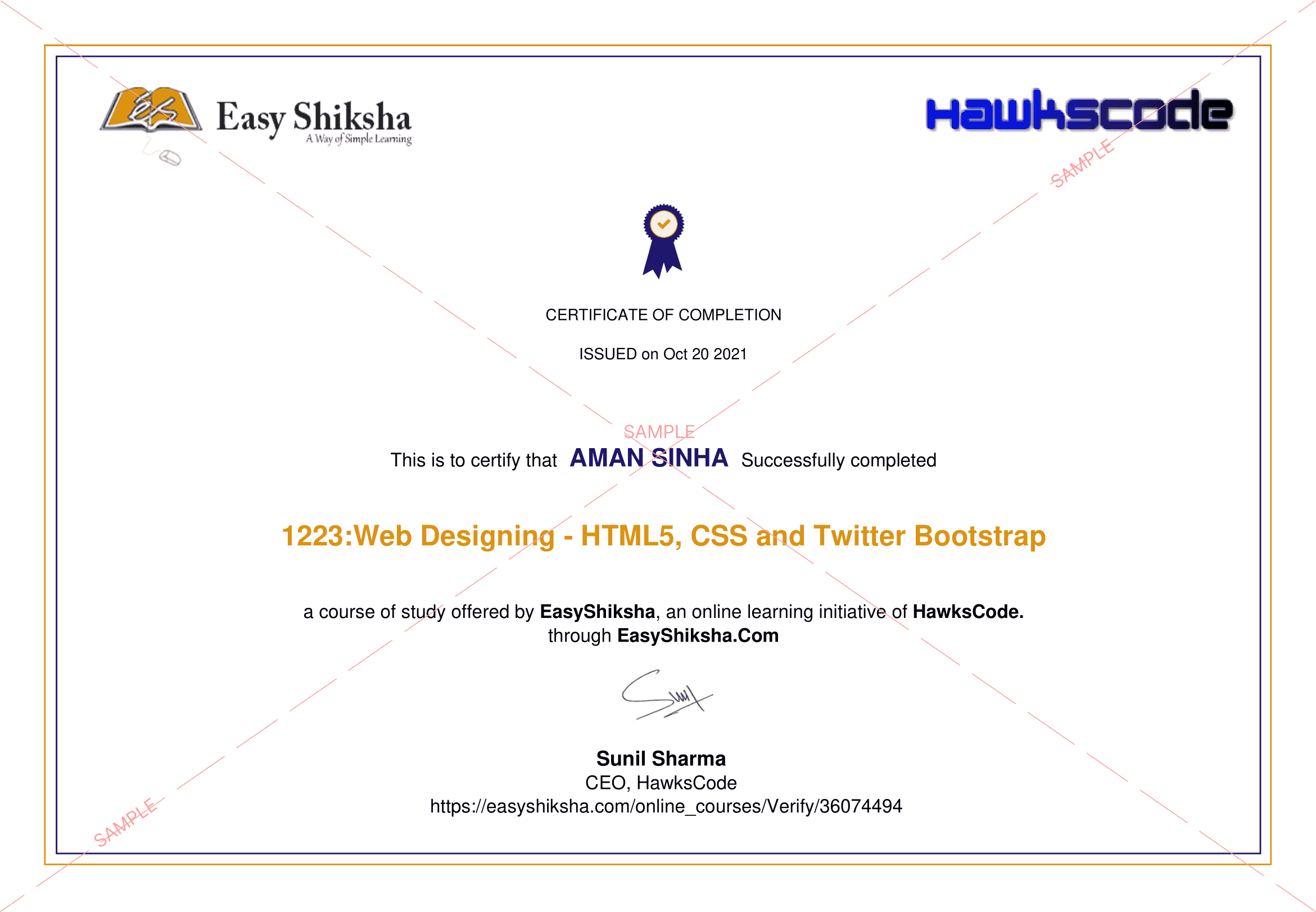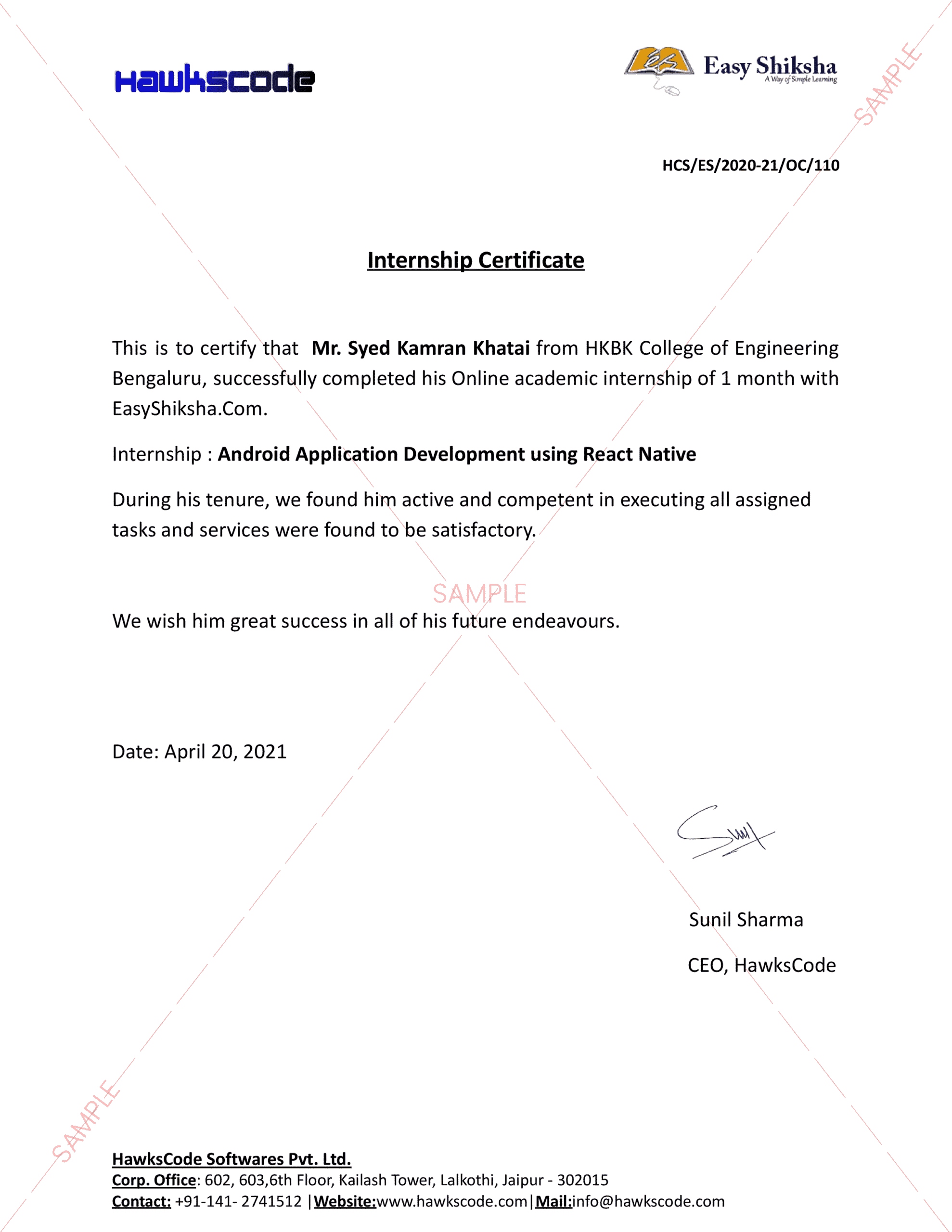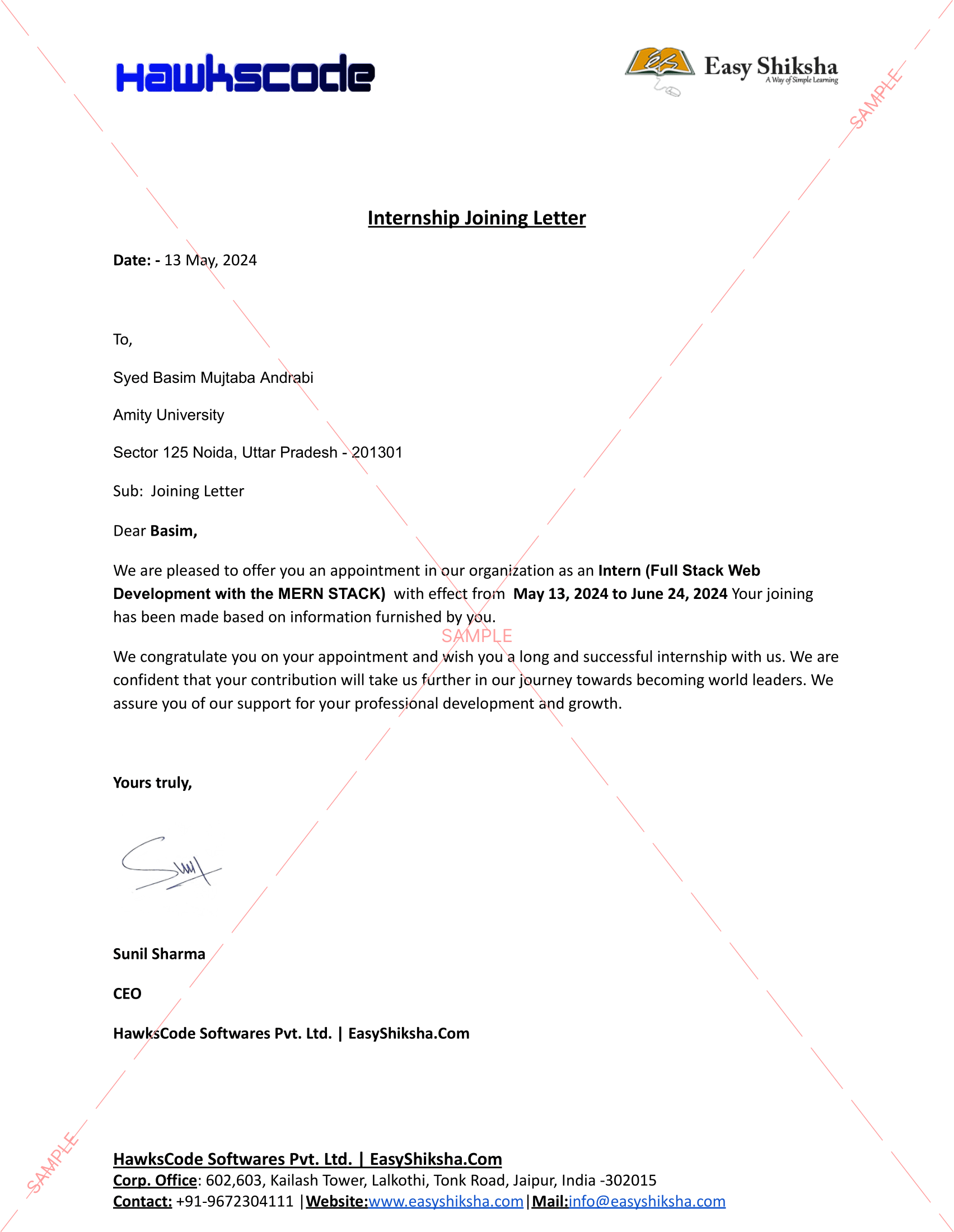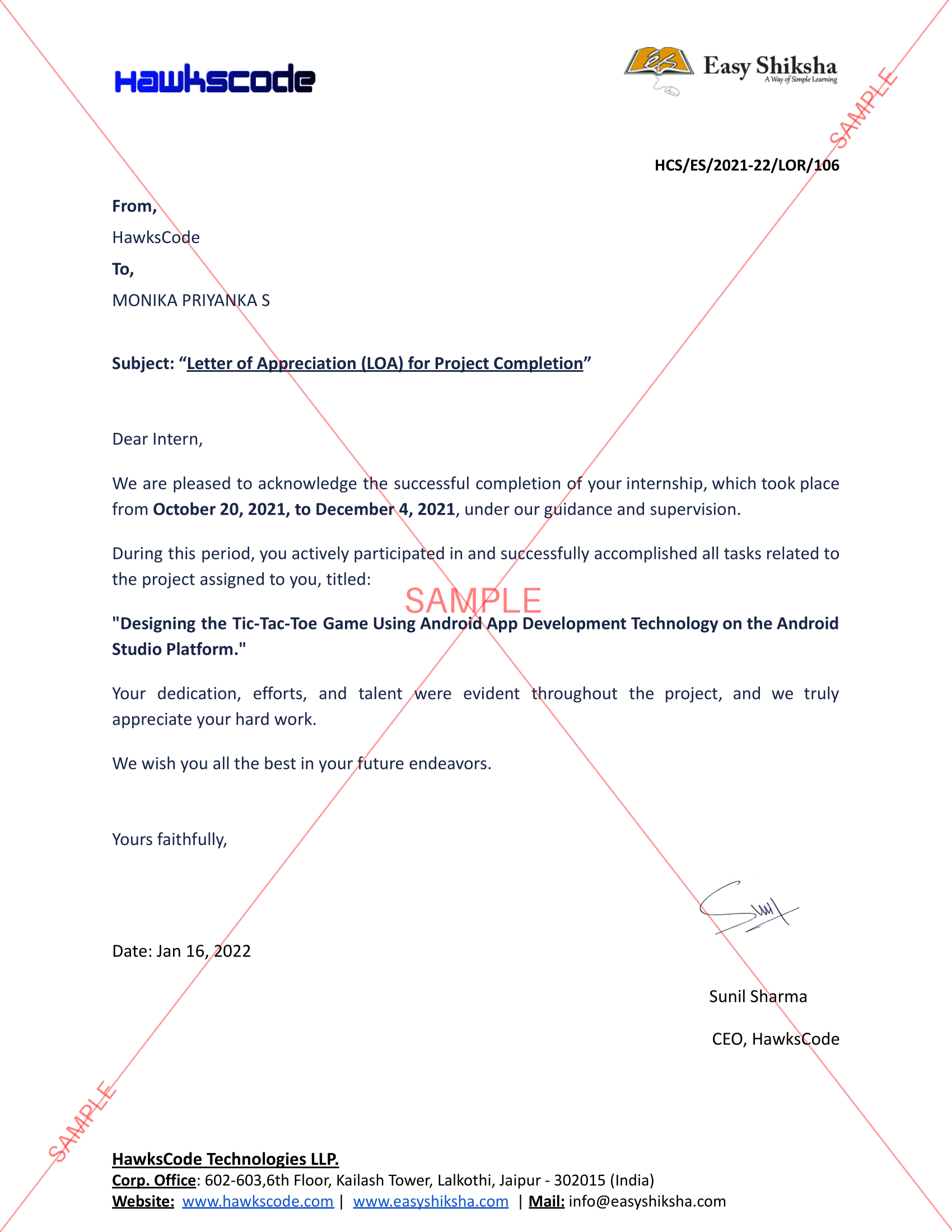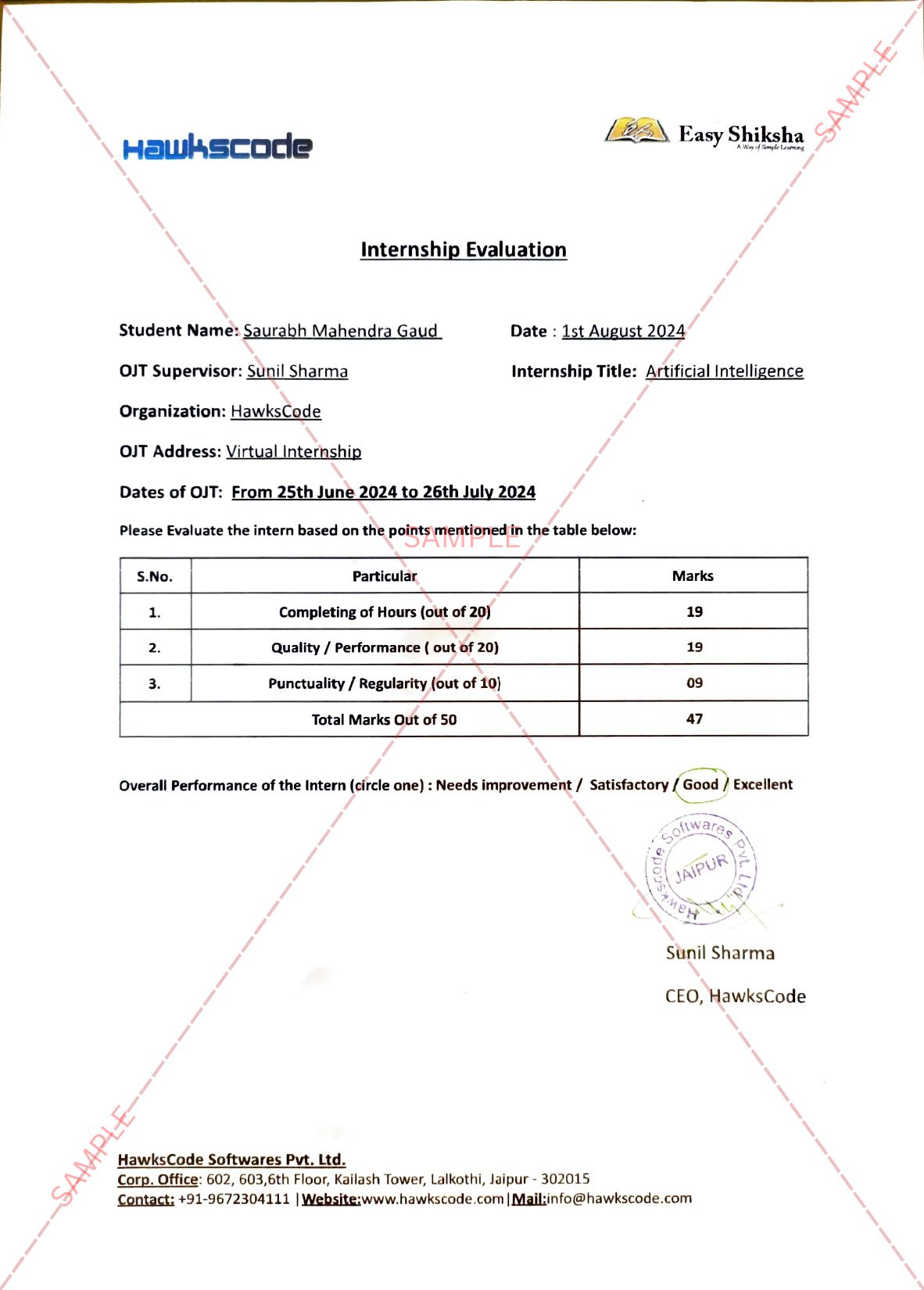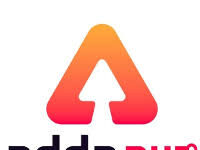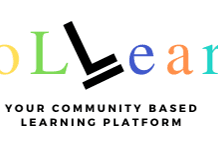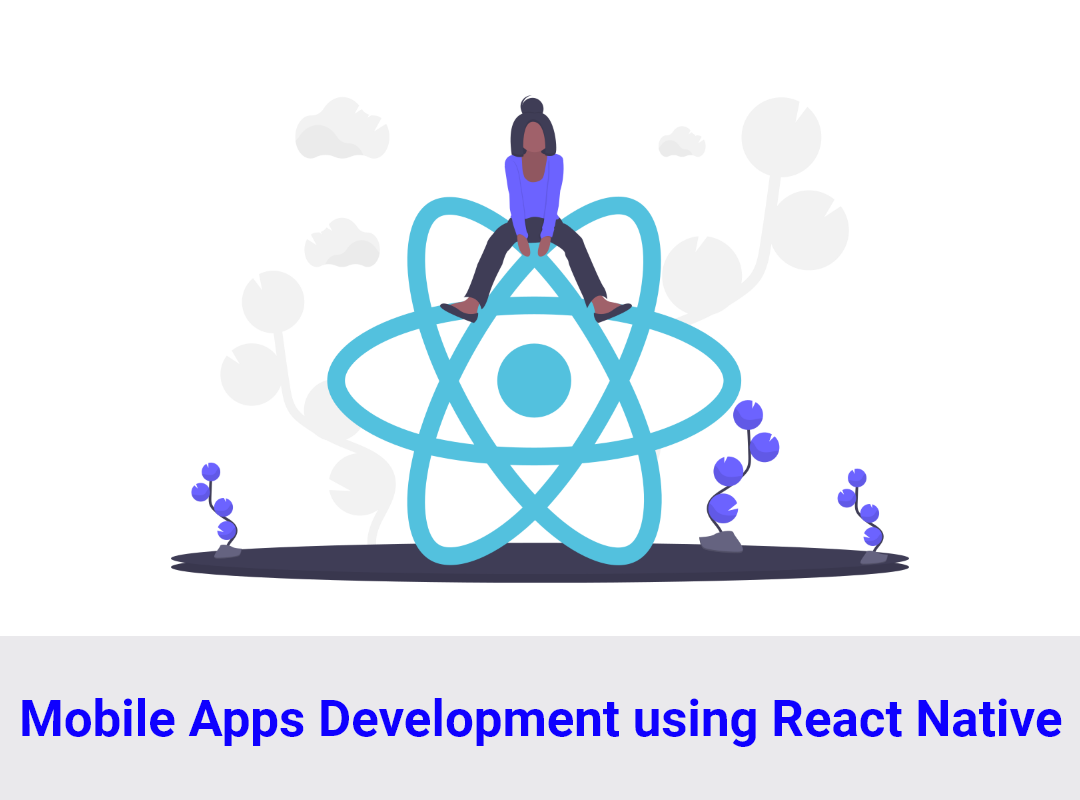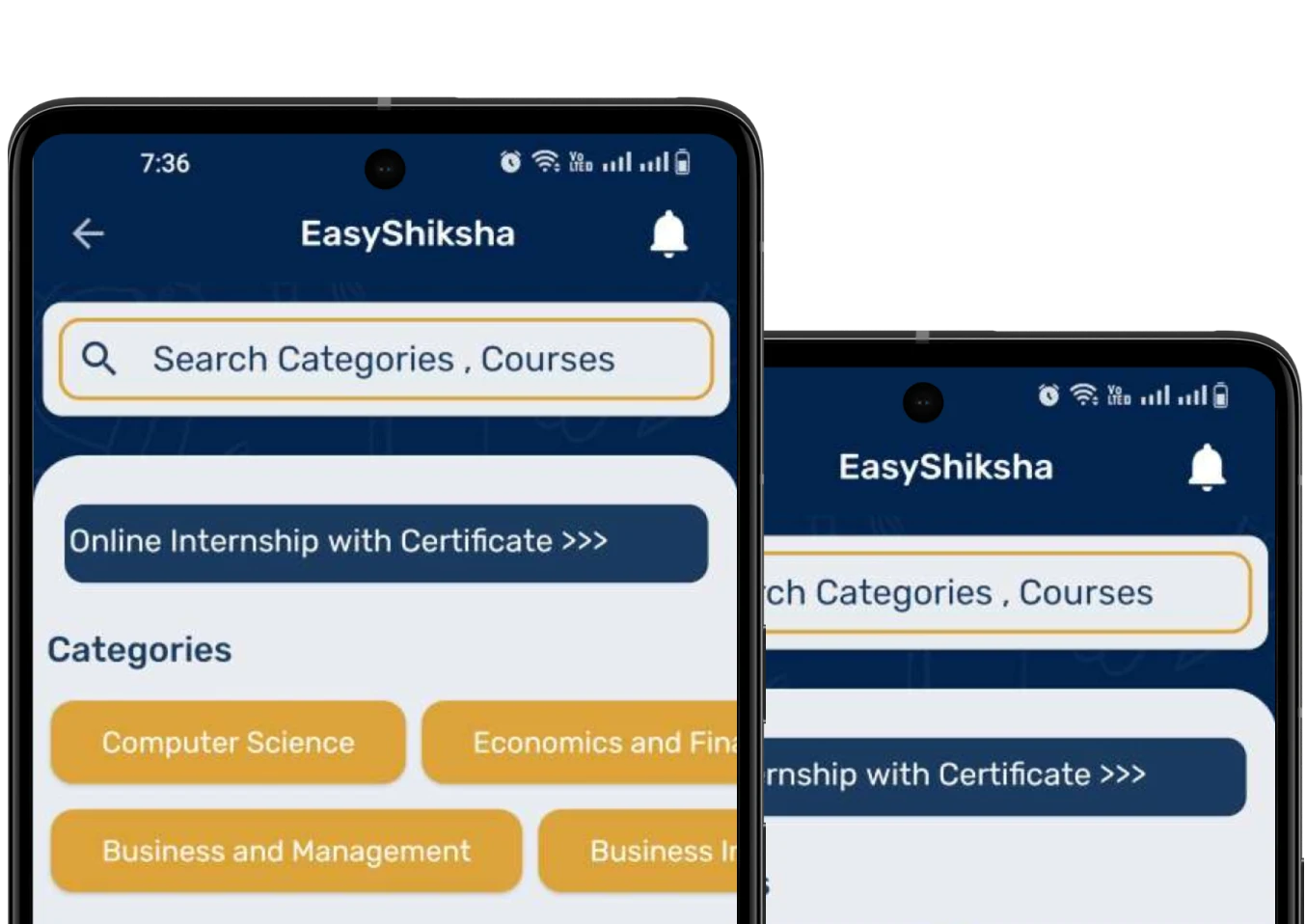In today’s competitive job market, showcasing your skills through a well-crafted portfolio can be just as important as your resume or academic qualifications. Employers want to see proof that you can apply knowledge in practical situations, solve real problems, and produce quality work. For students and professionals learning online, your course projects, assignments, and internship work are golden opportunities to build a job-ready portfolio that demonstrates your abilities.
Also Read: The Role of Online Learning in Supporting Women’s Career Growth
This article walks you through the importance of a strong portfolio, how to curate projects from your online learning, and tips to present your work effectively to impress potential employers.
Top Courses in Basic Language
Why a Portfolio Matters
- Show, Don’t Just Tell: A portfolio provides tangible evidence of your skills and creativity, making your application more credible.
- Stand Out from the Crowd: Many applicants have similar qualifications, but a portfolio showcases your unique approach and actual work.
- Demonstrate Problem-Solving: It reveals how you tackle challenges, the tools you use, and the results you achieve.
- Build Confidence: Reviewing your work regularly helps you identify strengths and areas for improvement.
- Supports Interviews: Portfolios provide concrete examples you can discuss during job interviews, making your answers stronger and more convincing.
Steps to Build a Job-Ready Portfolio Using Online Learning Projects
1. Select Relevant Projects
Choose projects that align with the type of job or industry you’re targeting. For example, if you’re a web developer, include websites or apps you built. If you’re in marketing, add campaigns or content you created.
2. Include Diverse Formats
Showcase a range of work — reports, presentations, videos, websites, designs, or code repositories. This diversity highlights your versatility.
Top Courses in Computer Science Engineering
3. Document Each Project Clearly
For every project, include:
- Project Title: A clear, descriptive name.
- Objective: What was the goal of the project?
- Your Role: What tasks did you handle?
- Tools & Technologies: Software, programming languages, or platforms used.
- Process: How you approached the project, challenges faced, and how you solved them.
- Outcome: Results, metrics, or feedback received.
4. Create an Online Portfolio Website
An easy-to-navigate website makes your portfolio accessible to employers anytime. Use platforms like:
- GitHub Pages (for developers)
- Behance or Dribbble (for designers)
- WordPress, Wix, or Squarespace (for general portfolios)
5. Keep It Updated
Regularly add new projects and remove outdated or less relevant work. This keeps your portfolio fresh and aligned with your evolving skills.
6. Include Certifications and Recommendations
Add course certificates, internship letters, or testimonials that support your expertise.
How to Source Projects for Your Portfolio
- Capstone Projects: Many online courses culminate in a major project perfect for showcasing.
- Internship Work: Include tasks, reports, and deliverables from your internships.
- Freelance Assignments: Any freelance or volunteer work counts.
- Self-Initiated Projects: Build your own projects to demonstrate passion and initiative.
- Group Projects: If you collaborated online, highlight teamwork and communication skills.
Top Courses in Mobile App Development
Tips to Make Your Portfolio Shine
- Prioritize Quality Over Quantity: A few well-documented projects are better than many incomplete ones.
- Be Honest: Never exaggerate your role or outcomes.
- Use Visuals: Screenshots, videos, and graphs make your work engaging.
- Focus on Impact: Emphasize how your work benefited the project or organization.
- Get Feedback: Ask mentors or peers to review your portfolio and suggest improvements.
Conclusion
A strong portfolio is one of the best tools to bridge the gap between your online learning and real-world job opportunities. By carefully selecting and presenting your online projects, you provide employers with clear evidence of your skills, creativity, and problem-solving ability.
Start building your job-ready portfolio today — it’s an investment that will pay off in interviews, internships, and career growth.
Get Some Courses: Semiconductors & its Application in Analog Electronics , How to Solder Electronics
